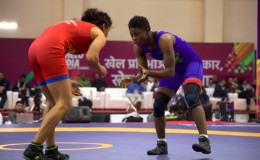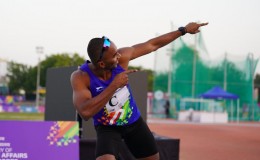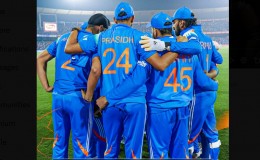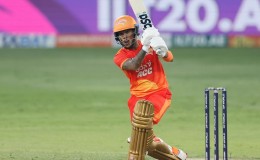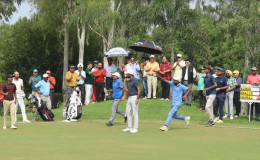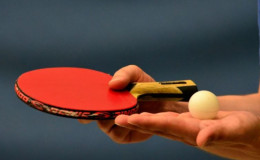The President of the International Olympic Committee (IOC), Thomas Bach, today officially opened a Sport for Hope Centre in Port-au-Prince, Haiti, in the presence of Republic of Haiti President Michel Martelly and United Nations (UN) Secretary-General Ban Ki-moon.
Straight after the terrible earthquake that hit the country four years ago, the Olympic Movement, through the National Olympic Committee of Haiti, committed itself to providing aid to rebuild Haiti’s sporting infrastructure as part of the nation’s reconstruction process. The Sport for Hope Centre features modern sporting facilities and will offer a wide range of educational programmes, health services and community activities aimed at rebuilding local communities, promoting social values and giving Haiti’s citizens a better future.
The Centre, built at a cost of USD 18 million, was a joint initiative between the IOC and its key stakeholders and the Haitian Government. It comes just weeks after the signing of a historic agreement between the IOC and UN aimed at strengthening cooperation between the two organisations in projects designed to contribute to a better and more peaceful world through sport.
President Bach said: “The Sport for Hope Centre is open to all Haitians – from the young to the old, and from professional athletes to beginners. It offers open access to a variety of sports thanks to the generosity and commitment of a number of our stakeholders; but just as importantly, it offers access to cultural, educational and social development programmes and the Olympic values.”
He continued: “During the course of our Olympic Agenda 2020 discussions on Olympism in Action, including our Youth Strategy, heavy emphasis has been placed on the important role sport can play in terms of education and social issues. The opening today of the Sport for Hope Centre here in Haiti is an example of how we can work successfully with other organisations to contribute to building a better world.”
The multipurpose complex is located on land donated by the Government of Haiti. It features two large indoor practice halls, an indoor competition hall with a spectator capacity of 2,500, and a number of outdoor courts and pitches. In all, 14 Olympic sports will be practised at the Centre: football, rugby, athletics, volleyball, basketball, handball, tennis, judo, taekwondo, boxing, karate, badminton, table tennis and weightlifting.
The complex also has three classrooms, offices, a fitness centre, a medical centre, changing rooms, a gazebo. A building for accommodation was constructed thanks to the financial support from the Inter-American Development Bank (IDB).
The medical centre is being set up in cooperation with the Red Cross Movement on land set aside for the Sport for Hope Centre. It will offer an emergency medical unit and ambulance base and be operated by the American Red Cross and the Red Cross of Haiti.
The Sport for Hope Centre will provide elite athletes in Haiti and the entire region with state-of-the-art training conditions, and the country’s national sports federations with office space and facilities to improve the level of elite sport in the country. The principal beneficiaries, however, will be the young people, families and schools in the surrounding communities.
The opening of the Centre would not have been possible without the generous support of the Government of Haiti, the International Federations and the wider Olympic Movement, which provided expertise, sports equipment and gear, and the playing surfaces. The International Association of Athletics Federations (IAAF) and Mondo, for example, financed the athletics track; the International Volleyball Federation (FIVB) and the North, Central America and Caribbean Volleyball Confederation (NORCECA) financed three multi-purpose volleyball courts and donated volleyball and beach volleyball equipment; the United States Olympic Committee (USOC) donated sportswear and the equipment for the gym, and has offered athletics equipment at cost price; the International Federations that govern the sports of rugby, basketball, table tennis, judo, and boxing provided all the necessary equipment for their sports; and in addition to its financial contribution, the IOC also provided tables, chairs and 50 computers to outfit the classrooms and conference rooms. Worldwide TOP Partner GE supported the initiative by contributing lighting and electrical infrastructure solutions at the Centre.
Other members of the Olympic Movement have also voiced their interest in lending their support to the Centre in the future.



